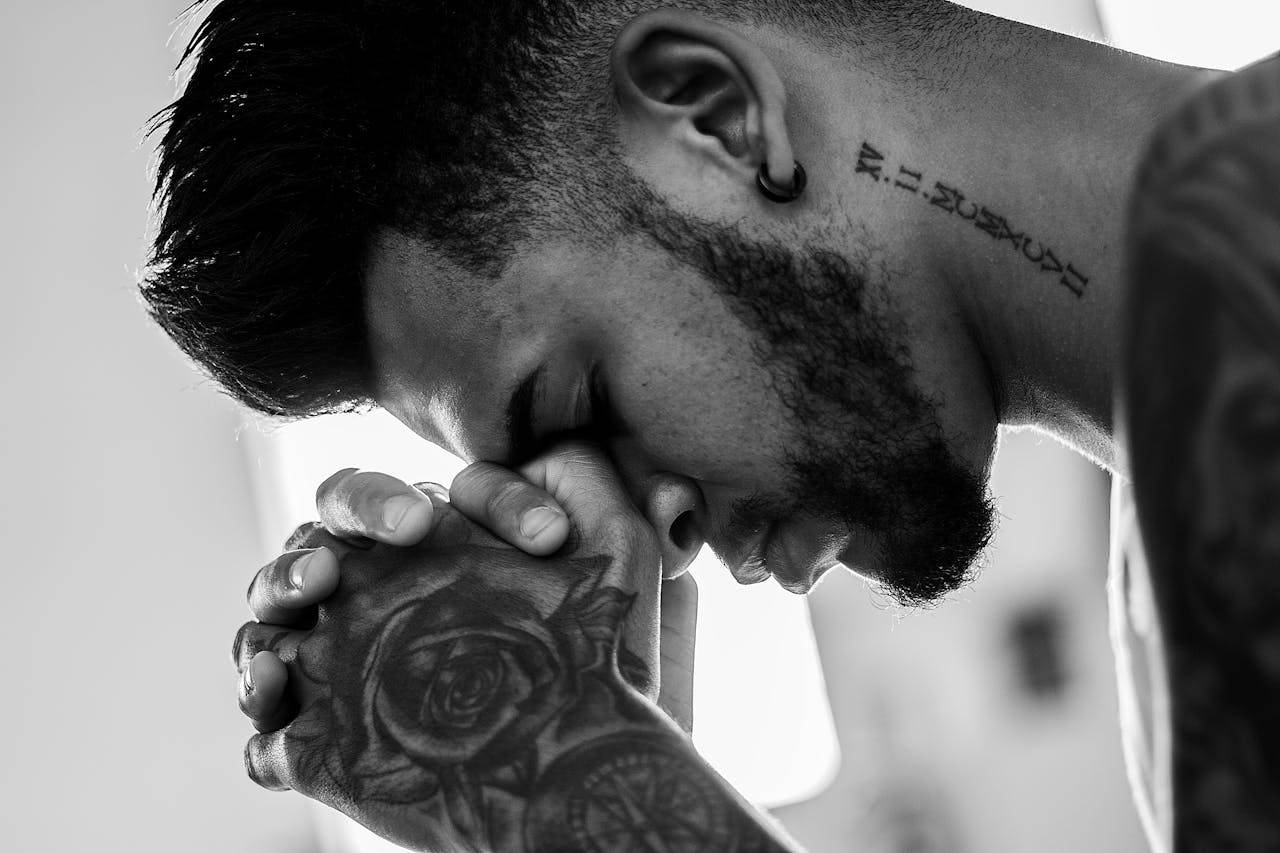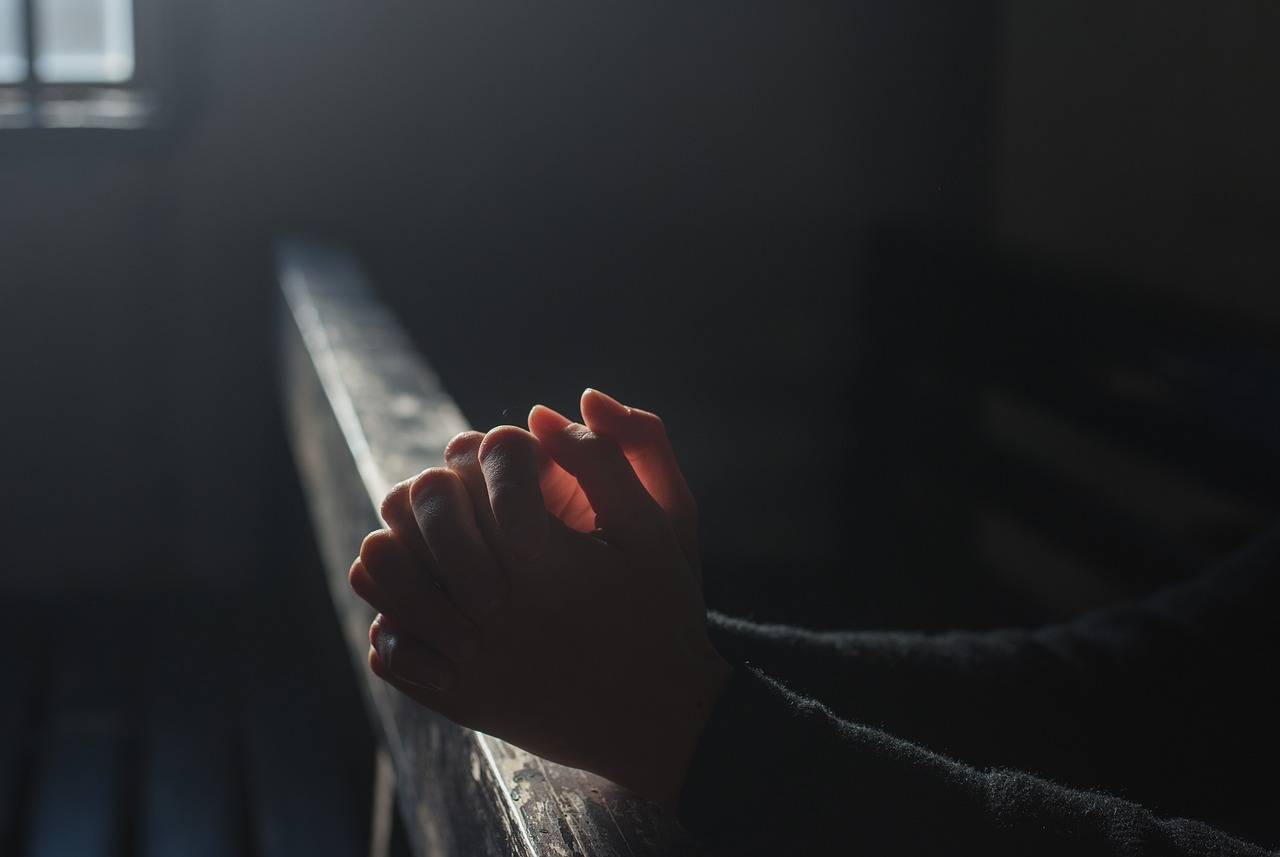As we approach October, the Church draws our attention to the Blessed Virgin Mary and the rosary. October serves as a month-long reminder to us of the essential role of Mary to our Christian discipleship and of the immense help the rosary can be to us in fulfilling our call to prayer.
Our tradition tells us that the Blessed Virgin Mary gave the rosary to Saint Dominic in the early thirteenth century. Before such a spiritual introduction, however, the rosary had already proven itself to be the “go to” prayer of everyday Christians.
Before the life of Saint Dominic, generations of lay members of the Church sought to fulfill the duties of their work, to take care of their families, to pray, and to grow in holiness. As they were called to be in the midst of the world, they were oftentimes in the fields or in the marketplaces.
The praying of the seven point Liturgy of the Hours by the monks was the heart of community life and the spiritual clock that determined the movement of the day and the priorities of life. The rhythmic chanting of the 150 psalms throughout the week was perceived as the highest form of prayer, after the Mass and sacraments. The monks were the masters of prayer, the ones called to a set way of holiness. The laity, therefore, wanted to be united with them and their prayer.
The baptized who were called into the world, however, couldn’t regularly pause their lives – and work – and be in the monastery for the chanted prayers. Even if such a pause were possible, the laity oftentimes couldn’t read or didn’t know the scales necessary to chant.
What were the lay faithful to do?
In response to the two pulls of life – to pray and to work – the laity began the devotional practice of praying set numbers of the Lord’s Prayer in the midst of their work. While saying the prayers, they spiritually united themselves to the monks who were offering the psalms to the praise and glory of God. Eventually, a series of mysteries from the life of the Lord Jesus or of his Blessed Mother was assigned to the sets of the Lord’s Prayer.
In the course of time, and reflecting a widespread and growing devotion to the Mother of God and the humanity of the Lord Jesus, the Lord’s Prayer was replaced by the Angelic Salutation, which eventually became what we now popularly call the Hail Mary.
The Hail Mary became the definitive prayer of this devotional practice. Fifteen mysteries were assigned and 150 Hail Mary’s were to be prayed, so as to reflect the 150 psalms of the Book of Psalms. This led to the devotion being called “the beads,” since the faithful would count the prayers on prayer beads, or “Our Lady’s Psalter,” since the Hail Mary’s were spiritual ways of offering the psalms.
Affection won the day, however, and the devotion was eventually renamed “the rosary.” Such a name was given to the devotion since it was taught that a believer placed a spiritual “rose” at the feet of Our Lady whenever the prayers were offered and that such a gift was pleasing to both Our Lady and to her divine Son.
While the warmth of the rosary is encouraging, the biblical basis of the prayer cannot be forgotten. As our forebears sought to unite themselves to the chanting of the Word of God by offering the rosary prayers, so we ought to remind ourselves of that inspiration and read, study, and pray the Bible, as we turn to the centuries-old “go to” prayer of Christians and offer our heartfelt Hail Mary’s.
As our forefathers and foremothers sought to grow in holiness through the rosary, so we are invited, especially in this month of October, to continue this noble legacy of devotion and prayer and to place our rose at Our Lady’s feet, to her pleasure and that of her divine Son. In our prayers, we petition Our Lady’s help as we desire to imitate her example and so be faithful and ardent followers of the Lord Jesus.
Pope Francis reminds us: “I invite you to pray the rosary, and to carry it in your hands or in your pockets. The recitation of the rosary is the most beautiful prayer we can offer to the Virgin Mary; it is a contemplation on the stages of the life of Jesus the Savior with his Mother Mary and is a weapon that protects us from evils and temptations.”
Follow Father Jeffrey Kirby on Twitter: @fatherkirby















